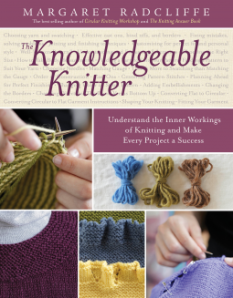The Mask by Taylor Stevens. Crown Publishing 2015.
After a harrowing experience with Somali pirates in The Catch, Vanessa Michael Munroe is more than ready to join Miles Bradford in Osaka, Japan. Bradford is contracted to a biotech company, looking for a thief. Cultural and linguistic barriers complicate the task. Munroe naturally assumes that will be working with him, but week after week passes without anything for her to do until Bradford is arrested for a murder of an employee on the company grounds.
With no other recourse, Munroe takes on the task of proving Bradford’s innocence. She starts following the faint trails of information, taking a detour to help a woman held as a sex slave, earning the enmity of the woman’s “master.” Then she finds out that Bradford has deliberately kept her in the dark.
This is no spoiler; the chapters leading up to Bradford’s arrest hint that Munroe should have seen there was something amiss. As she works meticulously at her task, she struggles with the stifling corporate culture of Japan and her language assimilation talent is stymied because she can’t read the written language. But Munroe being Munroe, she perseveres.
It was a unsettling to see Munroe as even a little domesticated and relaxed; she seemed like a different person. Still, the astute reader can sense the “real” Munroe rippling below the surface like the sleek muscles of a cat.
The pace is breathless, and it is hard to resist turning to the end to see how it turns out when the pieces of the complex puzzle come together. Even the chapters from the perspective of Sato, the lab tech who is stealing secrets in an ingenious way, do not slow down the narrative. Sato’s story adds a separate thread of agonizing suspense to the whole of the book.
As in the other titles, Munroe foils numerous attempts on her life. At the same time, she is not perfect. She makes mistakes, as do the people on whom she must depend; they don’t follow directions or else they don’t follow through. It is Munroe who must deal with the consequences which she does handily and efficiently, as only she can.

